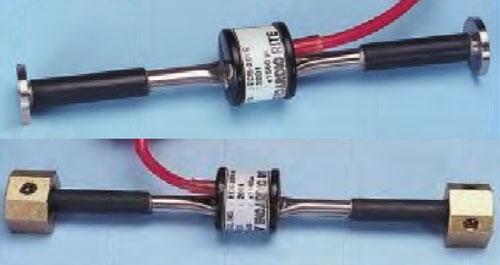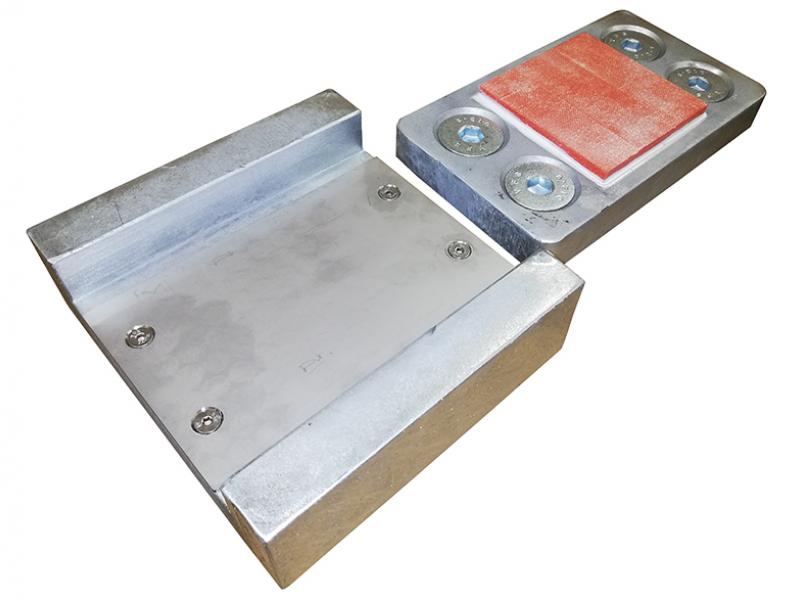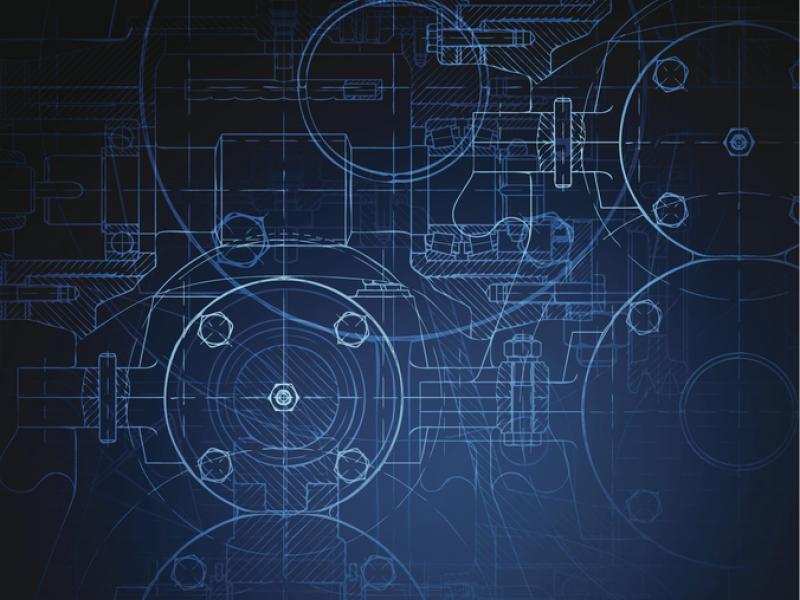New from Bestech is a range of vibrating wire strain gauges and sensors for geophysical applications – where the prime requirement is to monitor changes in structural integrity and stress over long periods of time.
Existing applications include the monitoring of stress and crack propagation in dam walls, tunnels, bridges, large diameter pipes, embankments, and mounting pads for heavy machinery and high voltage pylons.
The Encardio-Rite vibrating wire technology is ideal where it is necessary to run long cables between the sensor and the controlling instrument. Changes in cable resistance and conductivity due to temperature and moisture ingress have no effect on the integrity of the frequency-based signal where it can also be used for embedment in soil or concrete.
All Encardio-Rite EDS-20V strain gauges supplied by Bestech Australia comprise a pretensioned high tensile steel wire strain gauge element with thermistor temperature sensor as to measure temperate changes at the same time, and a permanent magnet and induction coil assembly.
Both components are factory sealed to prevent the ingress of water, corrosive substances and gasses. The induction coil assembly is either mounted over the strain gauge assembly, or both components form one assembly.
To complete a basic system, a vibrating wire strain indicator, such as the Encardio-Rite EDI-51V, is connected by a four core screened cable to the induction coil assembly to display measured strain that is proportional to the frequency output. Multichannel signal conditioners are also available.
At preset time intervals, the EDI-51V sends an impulse via a four core screened cable to the magnet coil assembly. The induced electromagnetic pulse then ‘plucks’ the magnetic wire of the strain gauge where a natural frequency of vibration is created. On the principle that the square of the resonant frequency of the wire is proportional to the stress applied to the wire, any movement in the structure that affects the stress applied to the gauge causes a change in its resonant frequency.
The induction coil senses the ‘new’ frequency and transmits it as the signal back to the EDI-51V or other Encardio-Rite vibrating wire instrument. The instrument then converts the frequency to microstrain based on the above principle, displays and logs the measurement, and outputs the data via an RS232 interface.
Proportionate to the tension, the wire resonates at a frequency ‘f’, and the strain applied on the strain gauge can be determined.






